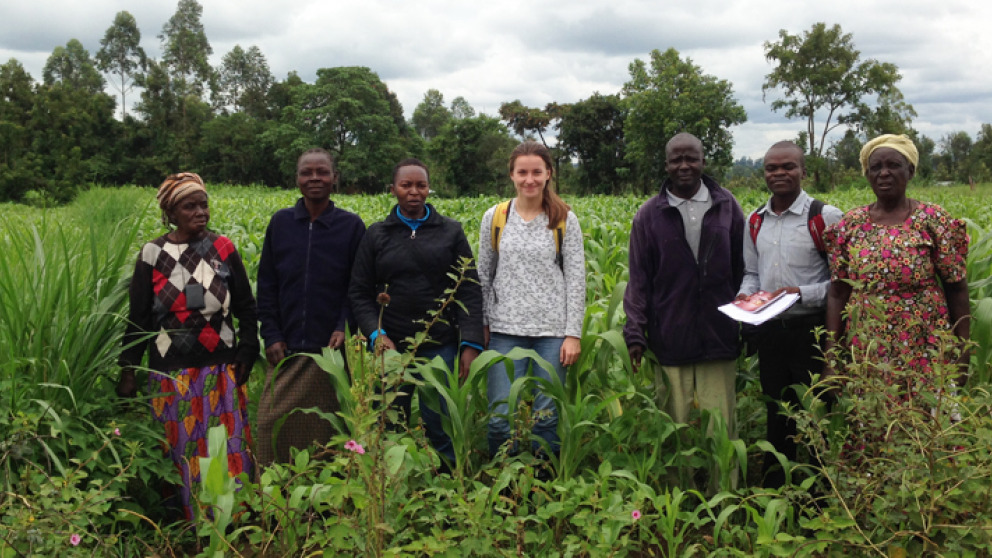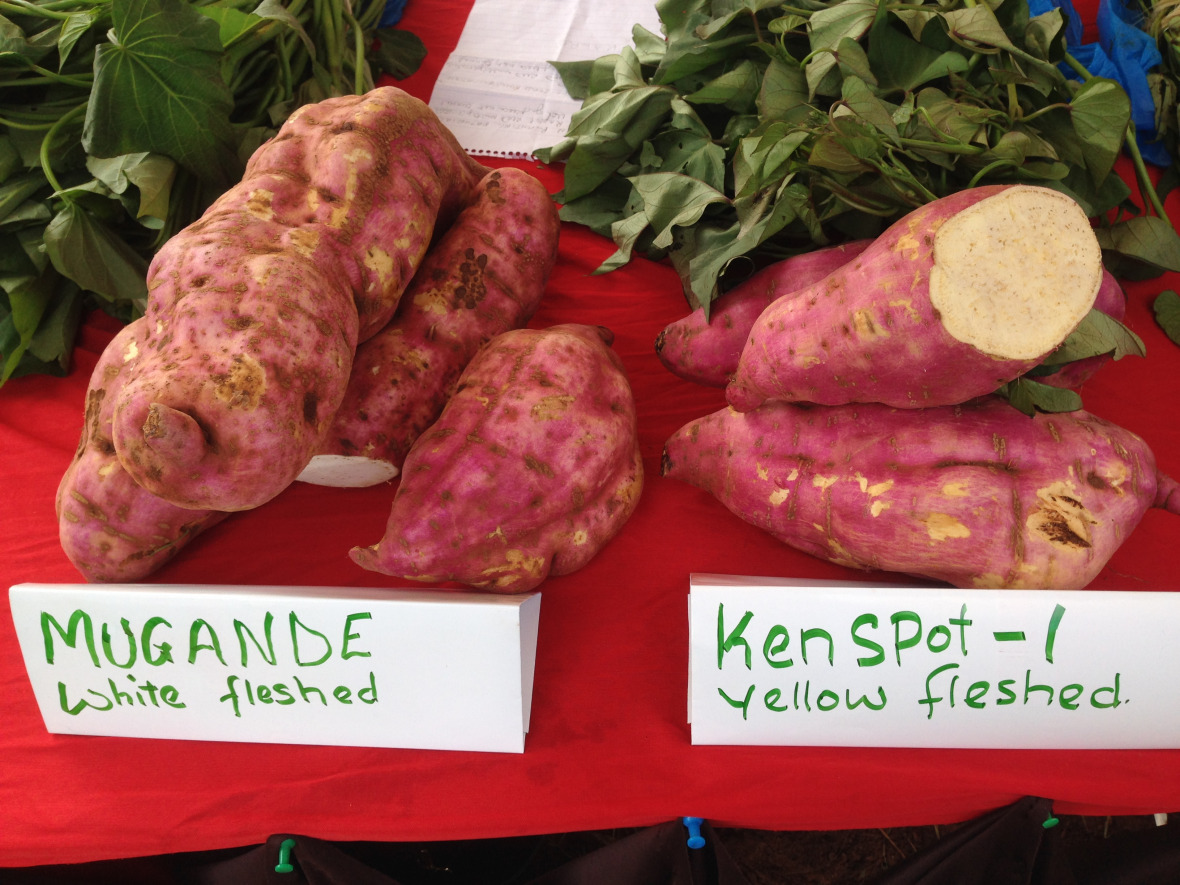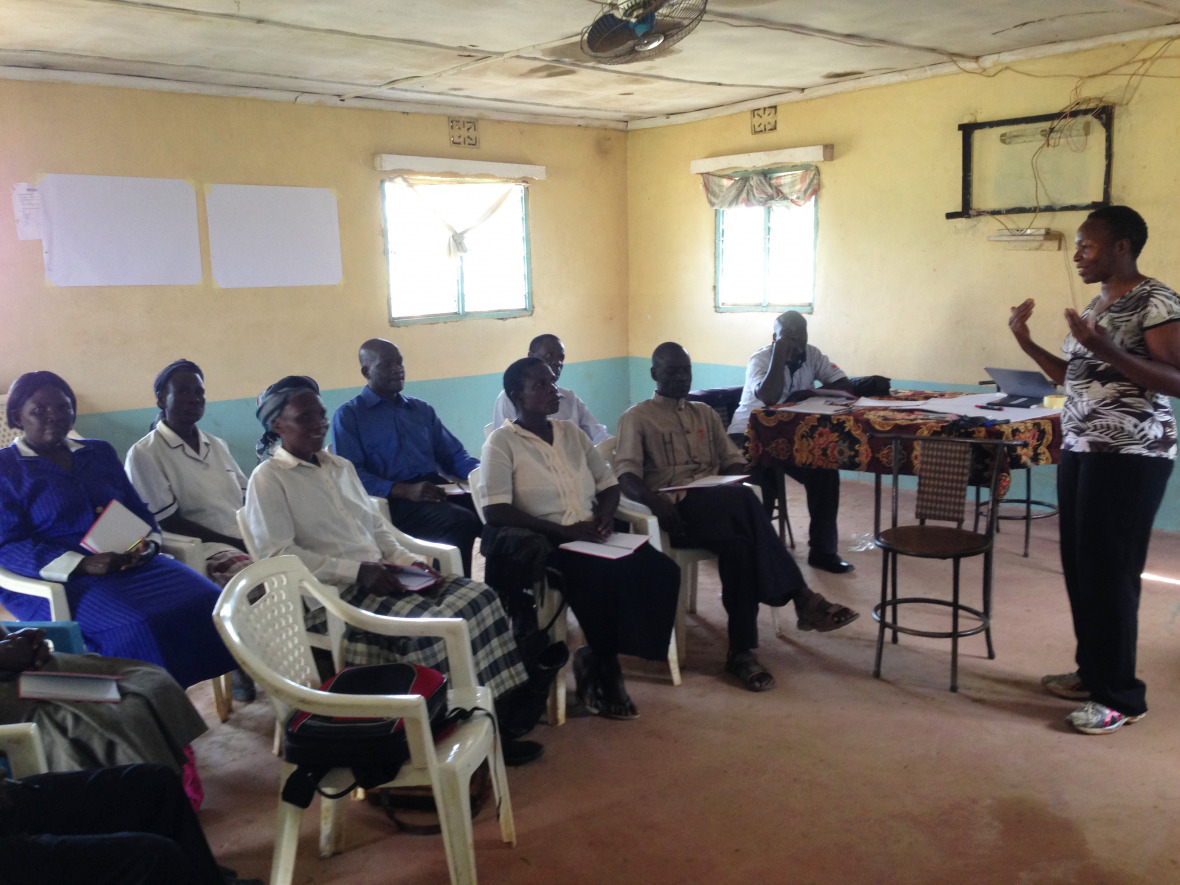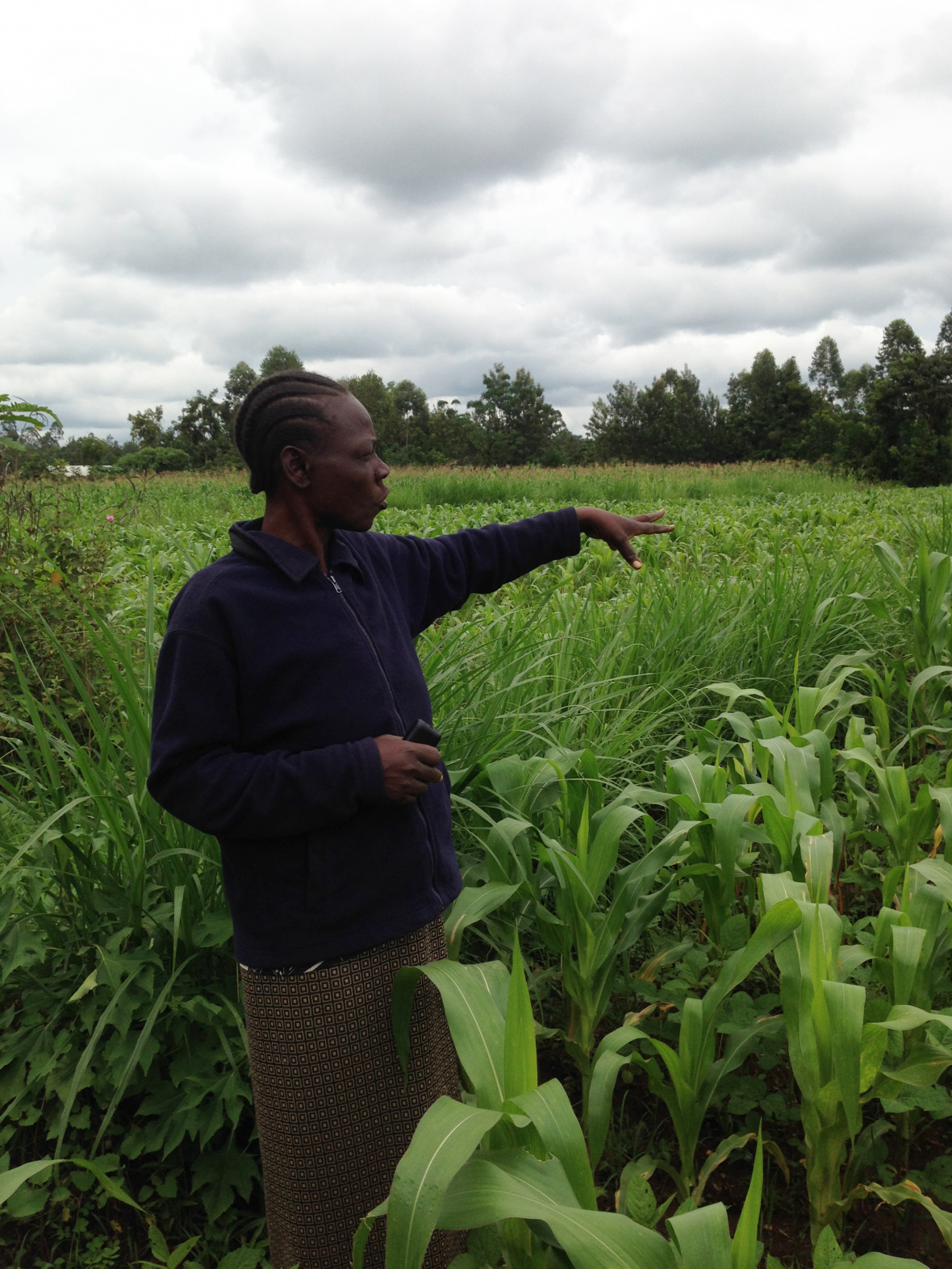Headline:
Soil Rehabilitation: A Field Mission to Kenya

I made my trip to Kenya in the middle of November 2015, not too sure what to expect of Kenyan culture. Flying into Kisumu, a city located on the shores of Lake Victoria, you can’t help but notice the lush green landscape below, stretching as far as the eye can see. You wouldn’t immediately suspect that this region is severely affected by land degradation. Yet the soils here and the people depending on them for their livelihoods need urgent help. In this connection, sustainable soil rehabilitation is the means of choice.

Loss of fertile soils endangers the livelihoods of the most vulnerable
Soil rehabilitation is an approach to restore degraded soils worldwide. Many regions around the world, especially in Asia and Africa, are threatened by land degradation. Moreover, the loss of fertile soils endangers the livelihoods of the most vulnerable – in particular poor and disadvantaged smallholder farmers. Sustainable land management (SLM) technologies can help to combat land degradation and create the basis for long-term food security. As part of the BMZ special initiative One world, no hunger, IASS has launched an accompanying research project addressing Soil Protection and Rehabilitation for Food Security. The project, which is being conducted in close collaboration with German agency for international cooperation GIZ, spans five countries: Ethiopia, Benin, Burkina Faso, Kenya, and India. Several extensive field missions are exploring each country to gather relevant research data. The second mission to Kenya took place in late 2015 and I had the opportunity to join the research team.
From Kisumu, it is a one-and-a-half hour drive to the town of Kakamega, where I stayed for one month and worked closely with our Kenyan colleague and research associate Serah Kiragu. As part of our research there, we interviewed smallholder farmers about various sustainable land management technologies such as intercropping with nitrogen-fixing shrubs and trees, agroforestry, and soil-improving techniques like liming. We wanted to assess how different projects promoting sustainable land management worked out in the past and how the results were perceived within the community. The majority of farmers we talked to have participated in projects to promote sustainable land management technologies. Questions focused on their experiences with these projects: what they learned, how they were trained, and what happened in the aftermath of the projects.

“The training was good. But if there could be more, we would appreciate that.”
The following are excerpts from interviews with farmers who participated in a project promoting soya bean cultivation (N2Africa – Putting nitrogen fixation to work for smallholder farmers in Africa):
- IASS: Would you mind telling us briefly how you joined the soya project? Were you in a group before the soya project?
- Respondent: Before we joined, we were in other groups. But there was a certain man who came by and told us that the maize we were planting wasn’t doing well because the soil was very acidic. He recommended that we cultivate leguminous plants to counter acidic content and balance excess acid in the soil.
- IASS: How were you taught to cope with the challenges caused by weeds and pests?
- Respondent: Soya is a resistant crop and is not affected by many pests and diseases; so this was not a part of our training. We were just told to keep the farm clean of weeds.
- IASS: Were you taught about intercropping?
- Respondent: Yes. We were told that soya could be intercropped with other crops, so I intercrop it with maize and sugar cane. But I have realized that when you plant it alone, it also does very well.
- IASS: What about the training itself? Is there anything that could have been done better?
- Respondent: We would like to have more training in everything relating to soya – from planting to processing and marketing. The training was good. But if there could be more, we would appreciate that. We would also like longer training programmes and more communication during the units. Then there are promises that they do not keep. They made promises that they would come back, but we haven’t seen them back yet.
Cost of seeds and fertilizers can hamper progress
In most cases farmers were able to continue working with the acquired technologies after the donors had left the field, and they experienced higher yields as a result of improved soil conditions. For example, in a project implemented by AGRA (Alliance for a Green Revolution in Africa), which promoted sustainable land management technologies in maize production, many of the participating farmers told us that they have higher yields today – one farmer even managed to triple his yield – and enjoy greater income security as a result. But production levels achieved in the project phase can rarely be sustained over the long term. Crop yields tend to decrease slightly over time as many farmers are unable to afford the seeds and fertilizers promoted by development initiatives.
Another project (N2Africa) employed the cultivation of soybeans in order to fixate nitrogen in the soil and improve its fertility. Farmers who had participated in this project were still yielding the benefits of this approach, but were uncertain of how best to process their crops. Some were milling the beans to produce flour to sell at markets, while others were making soymilk for domestic consumption. But sales remained low because soya flour as such is still unknown in Kenyan kitchens. In this project, which was funded by the Bill & Melinda Gates Foundation, participants told us they would have appreciated further training in the processing and marketing of soya. This insight suggests that while development projects in the area of land management are doing well, achieving sustainable outcomes remains a challenge. And yet, even the most holistic of approaches will struggle to address all of the constraints to sustainable land management and long-term food security. The people that we spoke with were all struggling with the consequences of climate change and felt disempowered by corruption and weak institutions.

Farmers are already observing the impacts of climate change
The interviews were mainly held in Swahili and Luhya, the language of Kenya’s second-largest ethnic group in Kenya and the predominant language in this region. When we arrived at the homesteads, we were always greeted with a warm “Karibu” (Swahili for welcome) from the farmers as their children watched in curiosity at the rare sight of an “Mzungu” (Caucasian man/woman) visitor. We would usually settle somewhere on the compound under a large tree or in the shade for our interview. Afterwards, the farmers took us around their farms, often walking with us through the light showers that mark the region’s “Short Rains” season. We learned that the rain is vital for the crops and the people cultivating them, as they are dependent on local climatic conditions and cannot rely on irrigation or other high-cost interventions. The farmers have already observed a change in rain patterns in recent years, including the occurrence of extended dry periods. Land degradation is closely entwined with climate change and it goes without saying that the region will be severely affected if the situation worsens.
Most of the farmers we worked with were cooperative, friendly, and willing to share their experiences with us. We learnt about factors that facilitated the uptake of acquired sustainable land management skills and technologies, as well as the constraints to long-term adoption. Sometimes these constraints are related to farmers’ financial or educational backgrounds. In other cases, farmers simply lack the necessary resources. The underlying causes of the low adoption of sustainable land management practices are highly complex and can be culture-, gender- or even infrastructure-related, to name but a few factors. The sensitivity of these topics was evident as we discussed them with the support of our research assistant and translator William Onura. With his aid, we were able to bridge intercultural communication gaps, gain authentic insights, and acknowledge the heart of the matter.
From my point of view, this approach provided the most fitting method for the research problem, given the time constraints and cultural setting of the field. The interviews enabled us to obtain statements and ideas from the people most affected by degraded soils: smallholder farmers and their families. Spending time with them enabled us to gain an impression of their work, their everyday lives, their successes, and the challenges that they face. With the data collected during this field mission, I returned to Germany enriched at a professional and personal level. The interviews will contribute a lot to the subsequent course of the project, which is investigating the enabling conditions for sustainable land management in these contexts and seeking pathways to overcome hindrances to its widespread adoption.
Header image: IASS researchers together with smallholder farmers interviewed for this project. (c) Fanny Saß

Add new comment